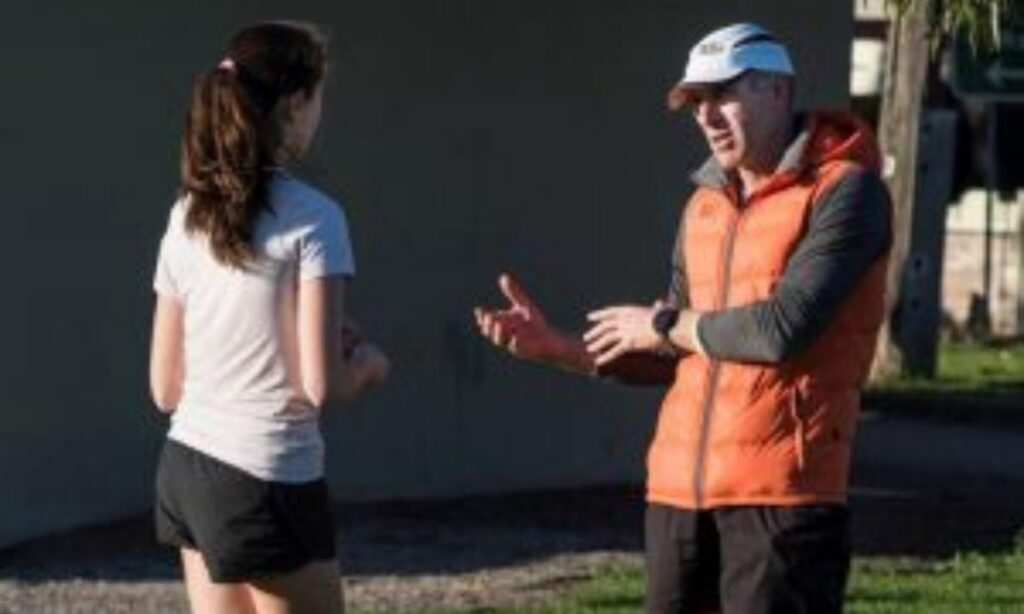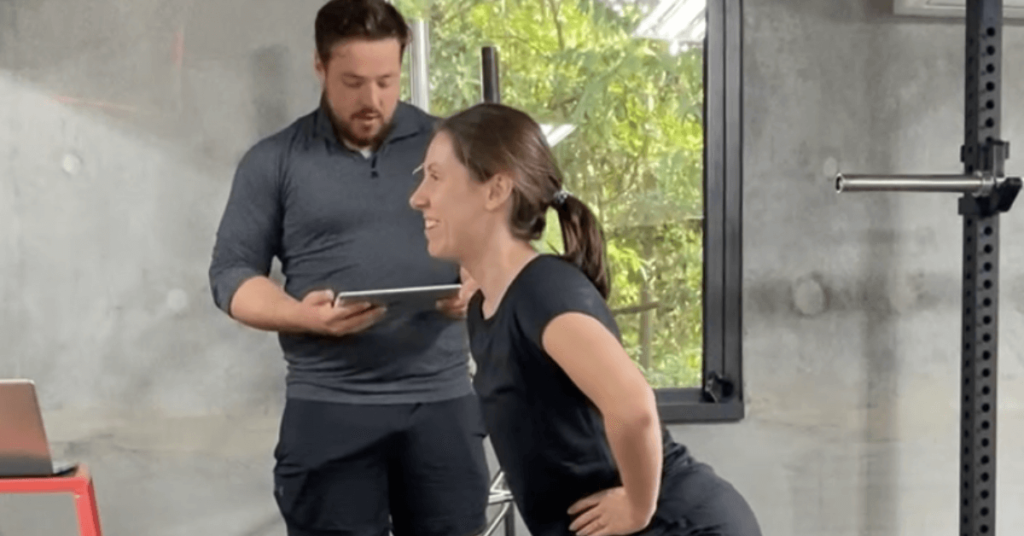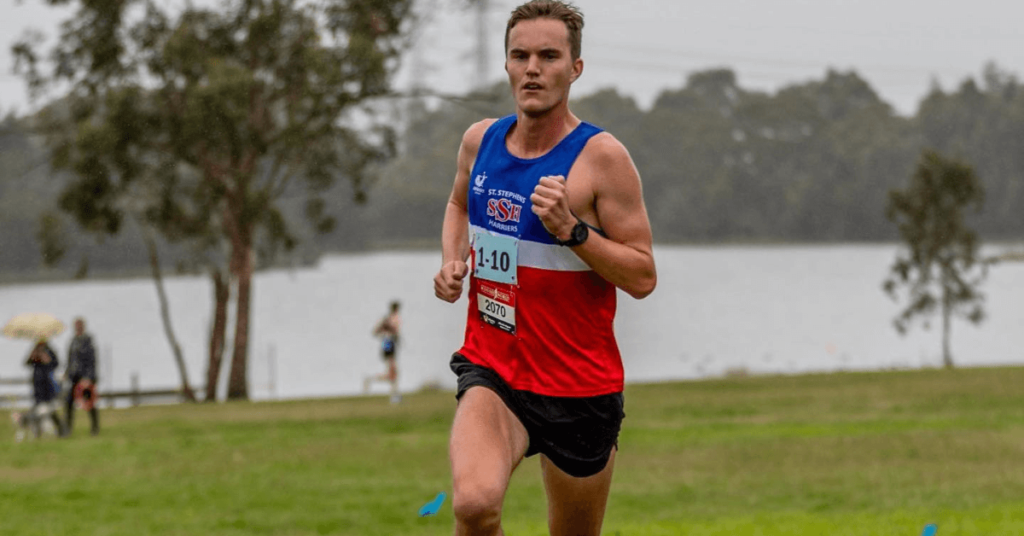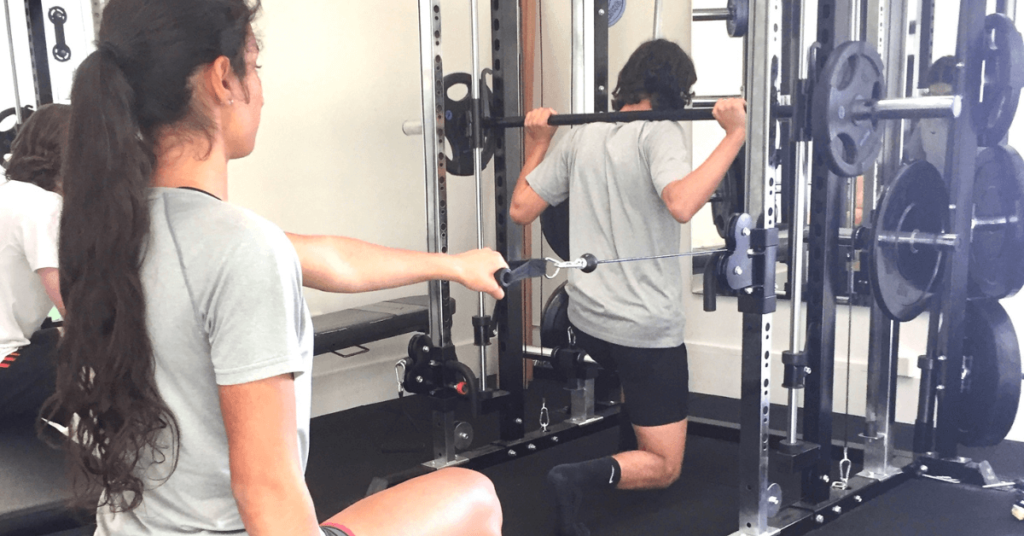Is a personal trainer the same as a strength and conditioning coach?

Work environments for personal trainers might include gyms and other sporting facilities, a hospital or clinic, anywhere training is happening, or as independent contractors. These experts create workout plans to assist people in bettering their health, happiness, fitness, and physiques. Other personal trainers may encourage groups of people to exercise, eat healthfully, and become in shape in public gyms, fitness facilities, or senior residences. Some personal trainers pursue additional qualifications in niche exercise disciplines like yoga or Zumba. However, they mostly employ conventional cardiovascular, strength-training, and flexibility approaches in private or small-group sessions.
A personal trainer’s duties may also include:
- Examine personal requirements and medical history.
- Create customised workout programmes for clients.
- Measurements, like as BMI and body fat percentage, can be used to track improvement.
- Adapt workout programmes to reflect changing client demands.
- Ensure that the atmosphere is always safe for the clients.
How do personal trainers operate?
Depending on the environment, personal trainers operate in various ways with a variety of clients (all with different aims). One-on-one, one-on-two, or small group instruction are all options. They can participate in boot camp-style sessions, indoor sessions, outdoor sessions, and many more variations. Personal trainers and boot camps have flourished as a result of all the fitness trends (or body beautiful status).
There are many self-described “experts” out there who have little training or, more crucially, little practical experience in aiding others. To make sure you’re getting a high-quality product as the paying customer, it’s crucial to do your homework on the business or Personal Trainer you select. Identifying your own objectives will enable you to choose the right personal trainer for you. Whether it’s for the better or worse, personal trainers are a vital component of the fitness business who serve to inspire even the most seasoned of us in addition to assisting new gym members in finding their feet. Most of their customers use personal trainers as a sounding board unintentionally. Once you have a client roster that is completely filled, you realise that you have a wide variety of individuals, each with a unique set of personal concerns, and their Personal Trainer is the ideal person to talk to about them. As a personal trainer, you develop relationships with all of your clients and may become their friend, coach, mentor, and confidant.
What is a personal trainer, to begin with? Most gyms demand you to obtain a Level 3 diploma in personal training before you can coach members of the general public one-on-one. This assures you have all the fundamental abilities to comprehend the anatomy of training and how to create simple client programmes.
The role of a strength and conditioning coach
A strength and conditioning coach often has a level 3 personal training certification before deciding to specialise in strength and conditioning at the level 4 level, which is an additional educational degree that advances their expertise in this particular field. But in more recent years, we’ve noticed a shift in the fitness sector, and we’re seeing that many PTs now want to earn an S&C certification so they can provide their clients with more sophisticated services. Although there are other ways to become a strength and conditioning coach, at Strength & Conditioning Education, this is the one we see the most commonly.
Athletic teams have hired strength and conditioning trainers more often over the past few decades to assist improve their athletes’ physical performance. To create specialised training schedules intended to improve strength, speed, stamina, agility, and other skills, a strength and conditioning coach evaluates the sport, positions, and participants. For instance, compared to basketball centres, centre half backs in football require a significantly different conditioning approach. Strength and conditioning specialists plan workouts, provide routines, and guide athletes while they work out. Athletic injuries can be catastrophic for both the athlete and the team, therefore injury prevention is a big element of the programmes they create. They may deal with certain demographics, like recovering athletes, however they may also treat other people with medical conditions with the approval and guidance of a doctor.
A strength and conditioning coach’s duties may include:
- Run agility, strength, endurance, and power tests.
- Sports, players, and positions are interpreted and analysed.
- Create seasonal training plans for various teams or job positions.
- Follow up on athletes’ performance development and offer dietary advice.
- During training sessions, act as a leader and motivator.
A strength and conditioning coach will
Have a university degree in exercise science, which is the bare minimum requirement to work as a strength and conditioning coach. In order to maximise their players’ competitive edge, strength and conditioning coaches work closely with them to condition their bodies. Periodizing the training program to provide the right amount of exercise and rest for the athlete’s competitive year is necessary. The strength and conditioning coach must adjust their approach in accordance with the sport that the athlete competes in and, more particularly, the position that they play. A rugby winger will have a different long-term training schedule than his front row team members. A competent Strength and Conditioning coach is developed by education, experience, and scientific knowledge.

- In 2019, 59 percent of training is done in-person, 32% is done both online and in-person, and only 7% is done entirely online. 2020 [thePTDC.com]
- Only 14 percent of personal trainers believe they’ll continue providing in-person training after the epidemic, while 83 percent expect to continue providing online sessions to their clientele. 2020 [thePTDC.com]
- Despite the fact that 58 percent of fitness trainers reported losing all or part of their revenue due to the pandemic, 21 percent actually appeared to have gained income, particularly those who offered online lessons. 2020 [thePTDC.com]
- 27 percent of trainers think that despite the epidemic, it is safe to return to the gym. Twenty percent of those trainers are women and thirty percent are males.
Does a strength and conditioning coach or a personal trainer have deeper knowledge?
Despite the fact that movement quality is a key component of personal training, strength and conditioning goes much farther into the process. The higher level of Olympic weightlifting, strength training, plyometrics, speed and agility, mobility, core stability, and endurance will frequently be unfamiliar to students taking one of our courses. These cutting-edge techniques are essential for becoming a strength and conditioning coach.
During training sessions, act as a leader and motivator.
So what is the difference between a strength and conditioning coach and a person trainer?
To put these discrepancies into perspective, weight loss or improving one’s physical appearance are frequent goals for personal training clients. Having worked as a personal trainer in the past, the common themes I heard were all rather similar. It’s common for women to say things like, “I want to tone up, but I don’t want to get muscly,” “I want to get fitter,” “I want to develop muscle,” “I want to lose weight,” or, my personal favourite, “I want to tone up, but I don’t want to get muscly.” This is rubbish. People need to realise that building muscle and losing fat are necessary for “toning up.” Usually, the goal was to lose weight, feel better about one’s health, and look better.
What are the differences in training setting?
A S&C Coach needs more specialised equipment, such as Olympic lifting platforms and plates, whereas a PT can operate out of the majority of mainstream gyms or facilities. Along with other training techniques, a strength and conditioning coach may frequently need to transport their athlete to a suitable practise facility for work on performance, speed, or agility. Strength and conditioning trainers frequently work with teams, therefore you’ll frequently discover that clubs have their own practise facilities or rent out facilities that are appropriate for the sport they are honing. S&C Coaches will look for facilities with specialised strength & conditioning equipment for non-athlete clients or one-on-one sessions.
What does a strength and conditioning coach or a personal trainer get paid?
More people appreciate coaches. Why? since you have more formal education. The improved abilities result in an improved earning potential, much to how a university speaker earns more than an elementary school teacher. Bodybuilding and Conditioning As the years pass, coaches may also raise their rates in accordance with their experience and track record of success. As an S&C coach you can earn $50,000 or up to $500,000 depending on your clients, sometimes even much more than that.
Communicating and talking to your coach or trainer
Your communication skills will significantly improve while working with an S&C coach since their methods are much more customised. To learn more from your clients, you’ll need to be posing better questions to them. You’ll receive better answers if you ask better questions.




